Taking the Plunge
When you’re ready to buy, consider a bike shop
Once you’ve settled on a style, you’ll need to decide where to buy your bike. Here you have two main choices: a department or sporting goods store or your local bike shop. While the prices at department stores are hard to beat—the sticker price on some adult hybrids can be as low as $300—the quality can be spotty and replacing components tricky. For occasional riders, that might not be a problem. But if you're planning to ride regularly and you can spend a little more, the better call is a bike shop.
Ron Brand, manager of Toronto’s Cyclepath Norco, says many will carry good-quality hybrid bikes for around $700. That will get you a lightweight aluminum frame, replaceable components and 24 speeds, which makes pedalling easier.
Shop employees can also help you choose the right frame size and adjust things like the seat height and pedalling position, which Brand says can make riding infinitely more comfortable. “Millimetres make a difference,” he says.
New to You
Looking to save money? Consider a used bike
If you’re new to cycling, don’t feel obliged to spend a small fortune on your bike. Websites like Kijiji and Facebook Marketplace are brimming with quality used bikes, many of which can be purchased for under $300. Some sellers, though, may be less than honest about the condition of the item. If you do opt for a used one, here are five things to look for.
1. Scrutinize the frame
Scratches are okay, but avoid bikes with dents, severe rust and cracked tires. They may be structurally unsound.
2. Inspect the chain and cassette
The latter is the round, spiky cluster of sprockets on the rear wheel, which should spin smoothly. If they’re caked with rust, chances are the bike hasn’t been well cared for.
3. Check the brakes
The pads should be in good shape and grip the wheel tightly when you squeeze the brake levers.
4. Go for a test ride
Make sure there are no strange noises or vibrations and that the gears shift smoothly.
5. Have it inspected at your local bike shop
If the seller is amenable, take it to a nearby shop for a quick pre-purchase inspection. Most shop owners will be happy to give it a once over and tell you whether it’s a good buy.


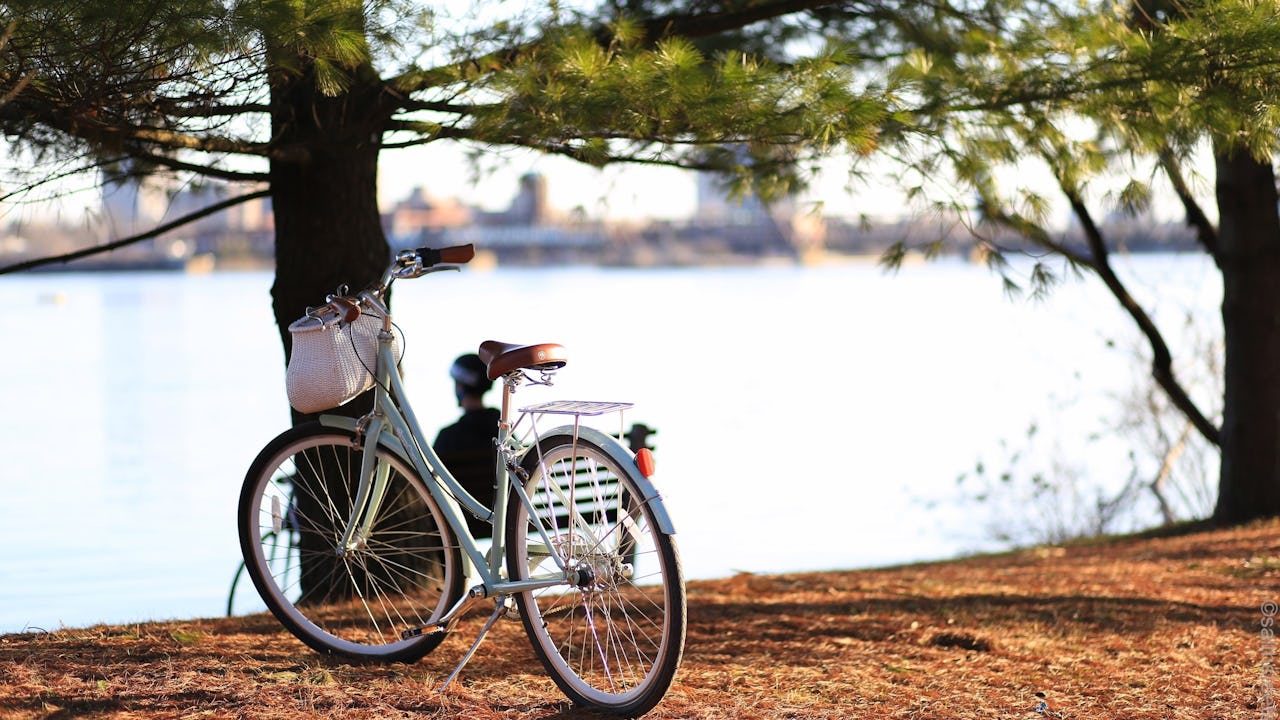

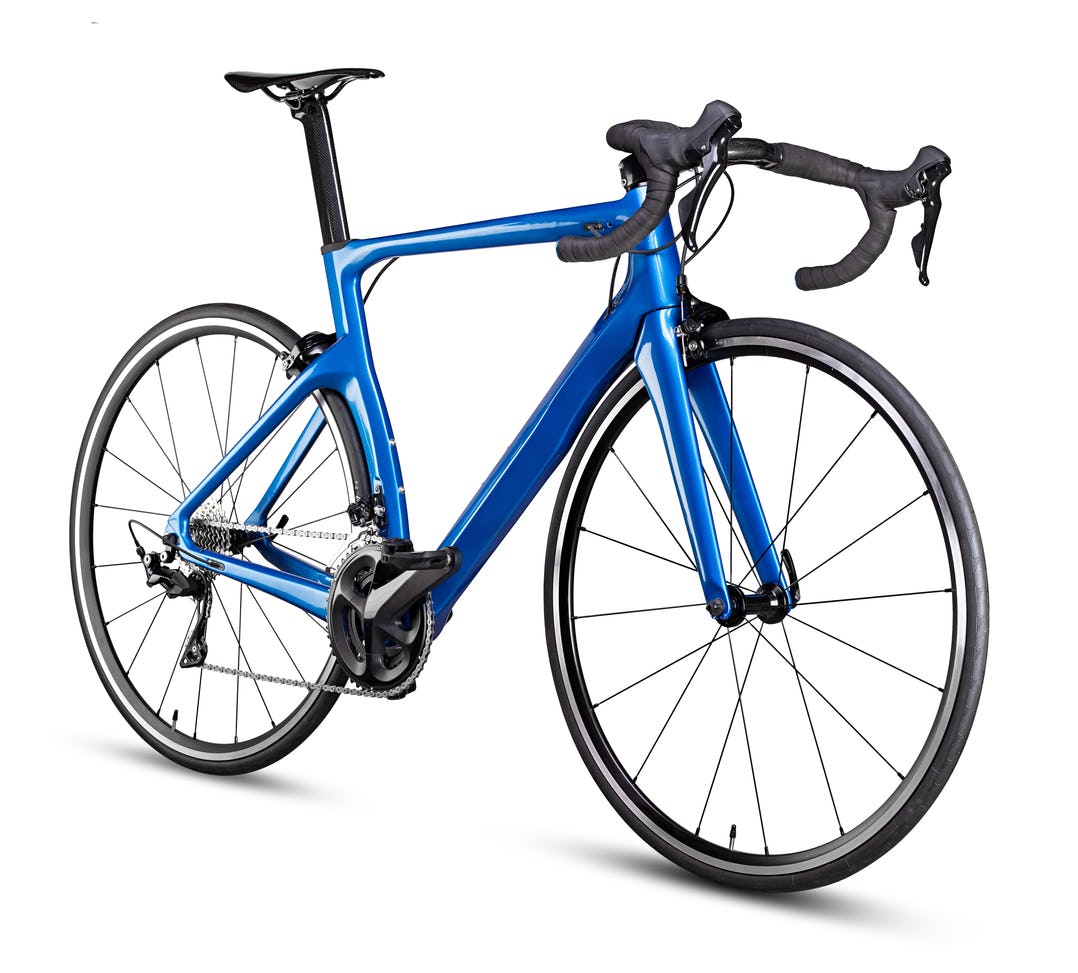
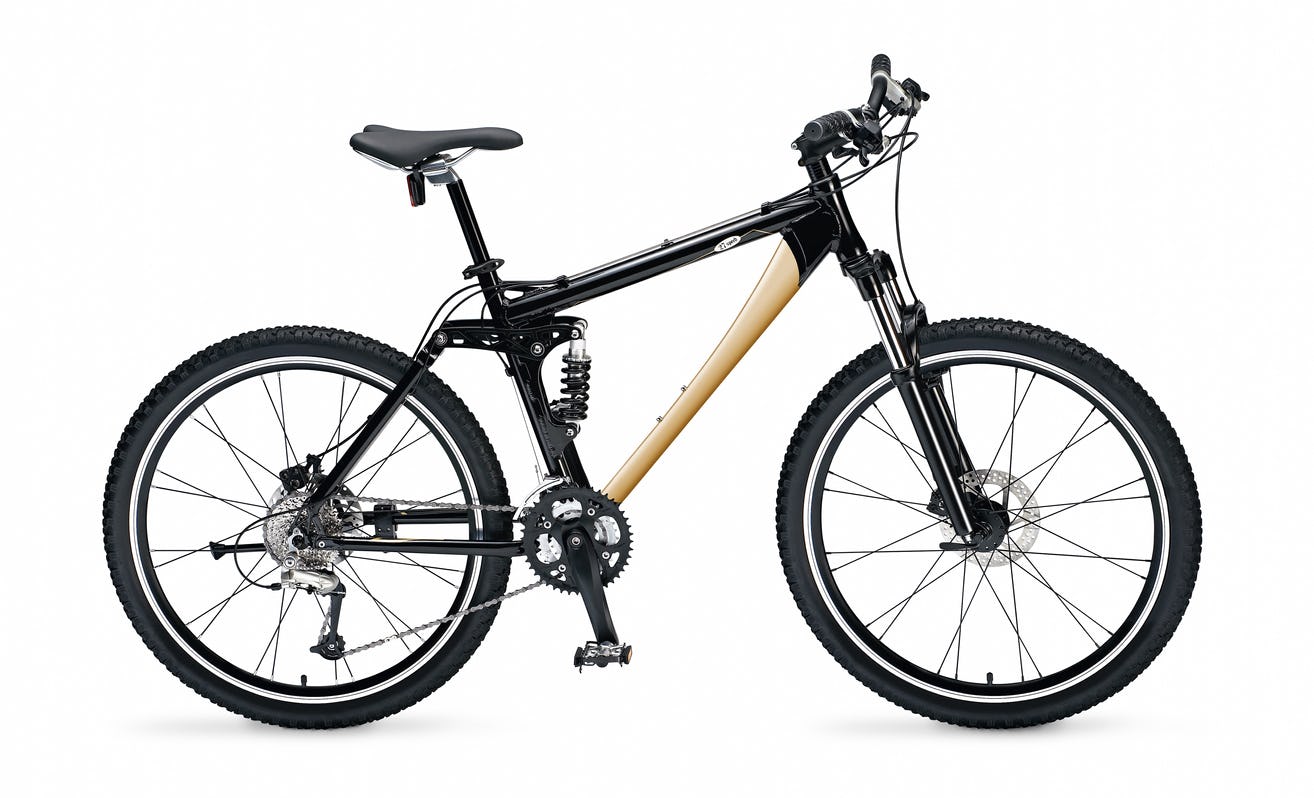
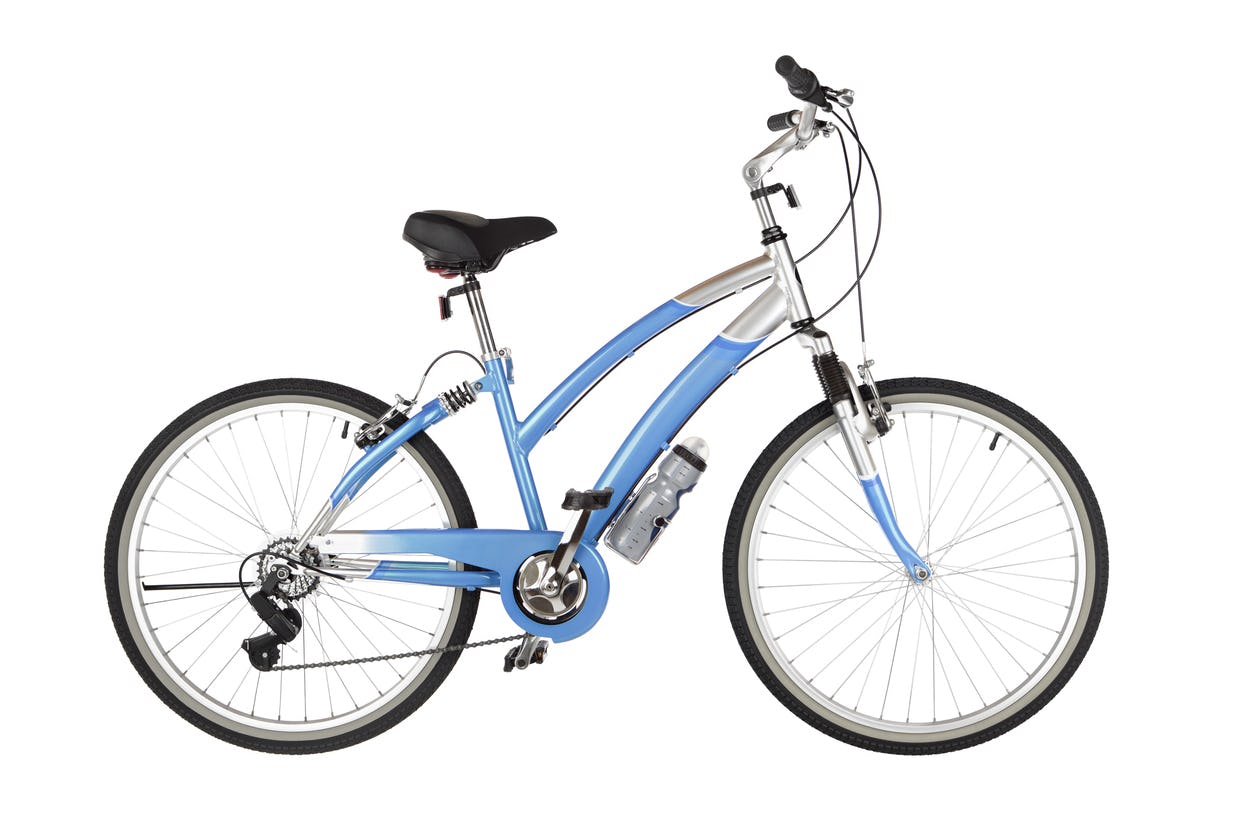
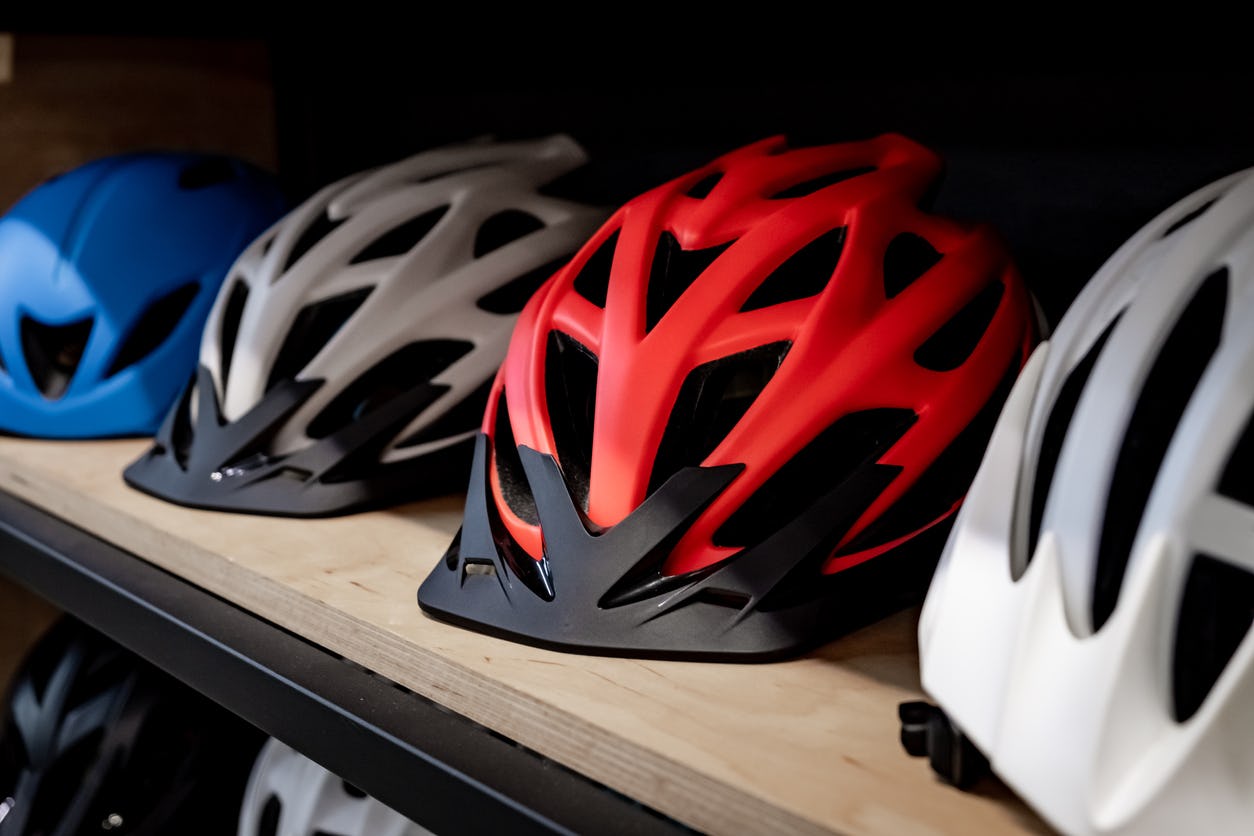
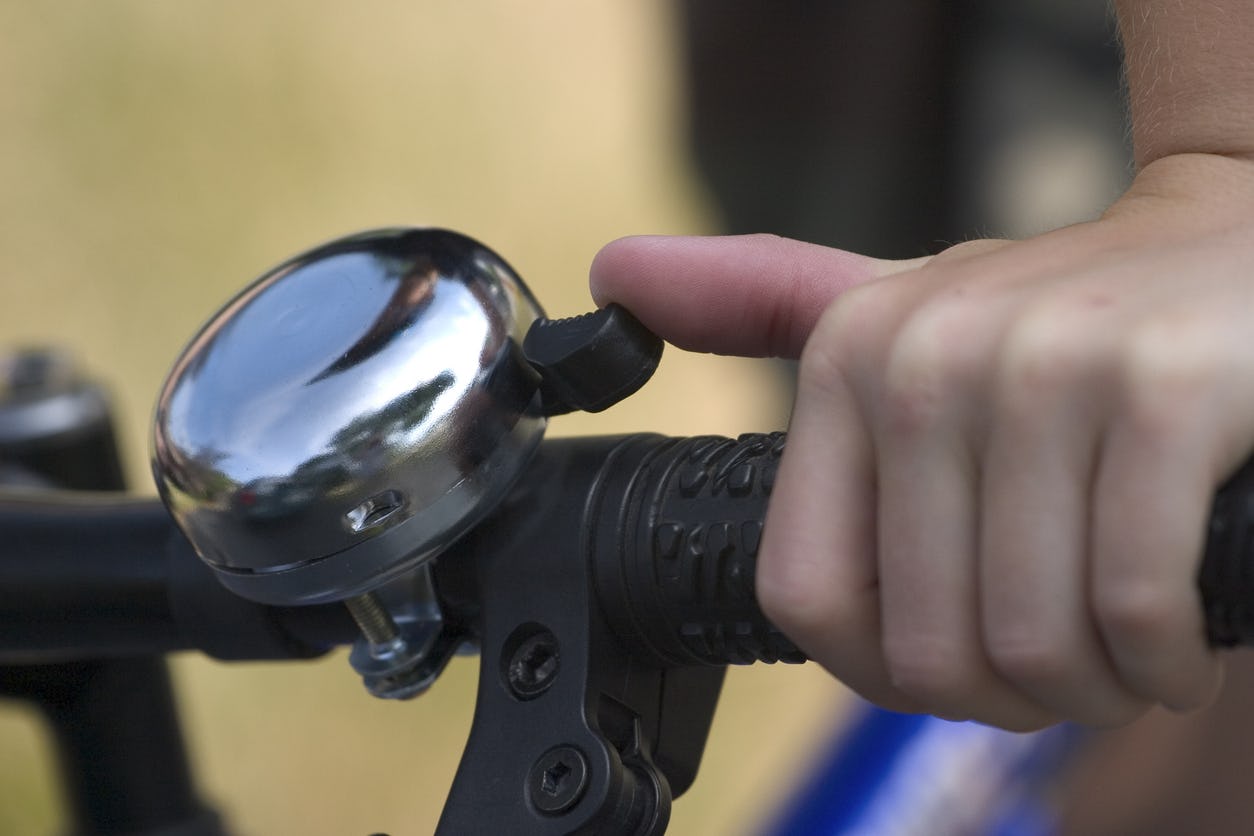
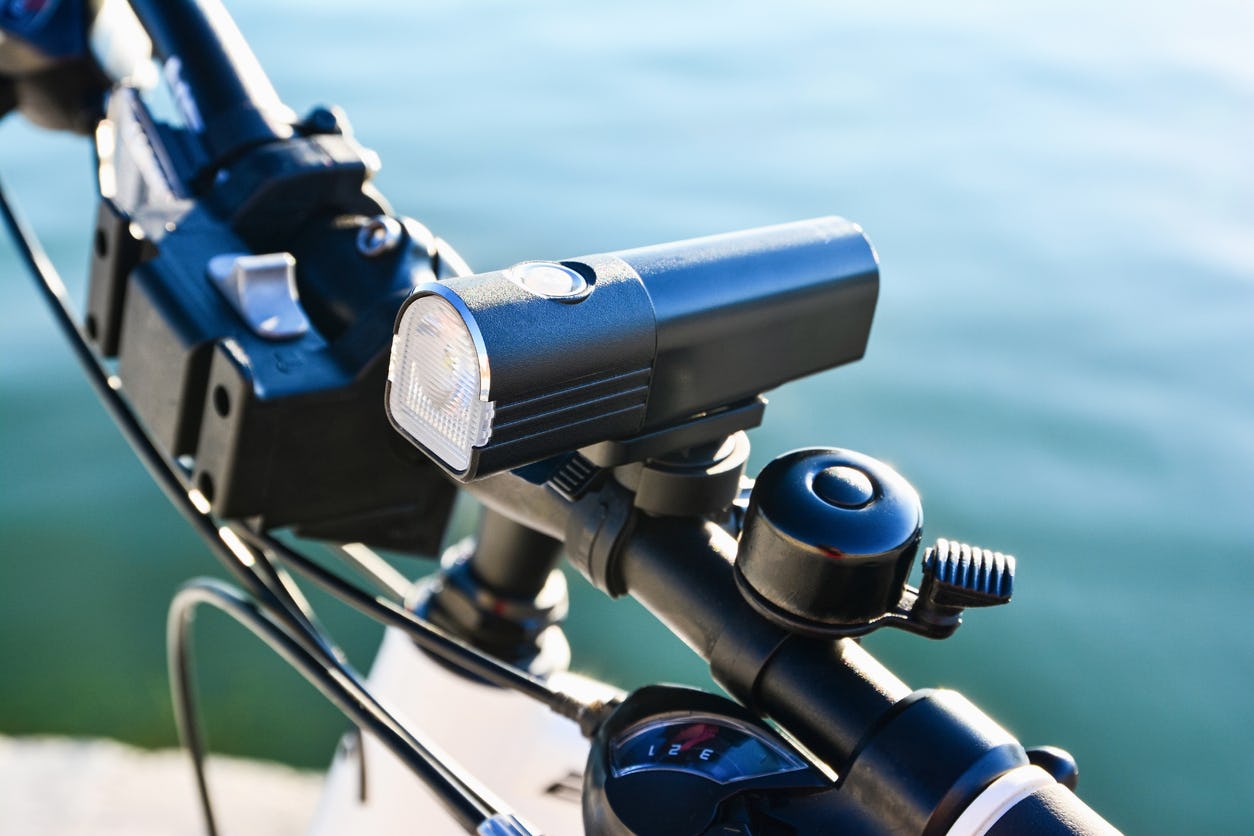
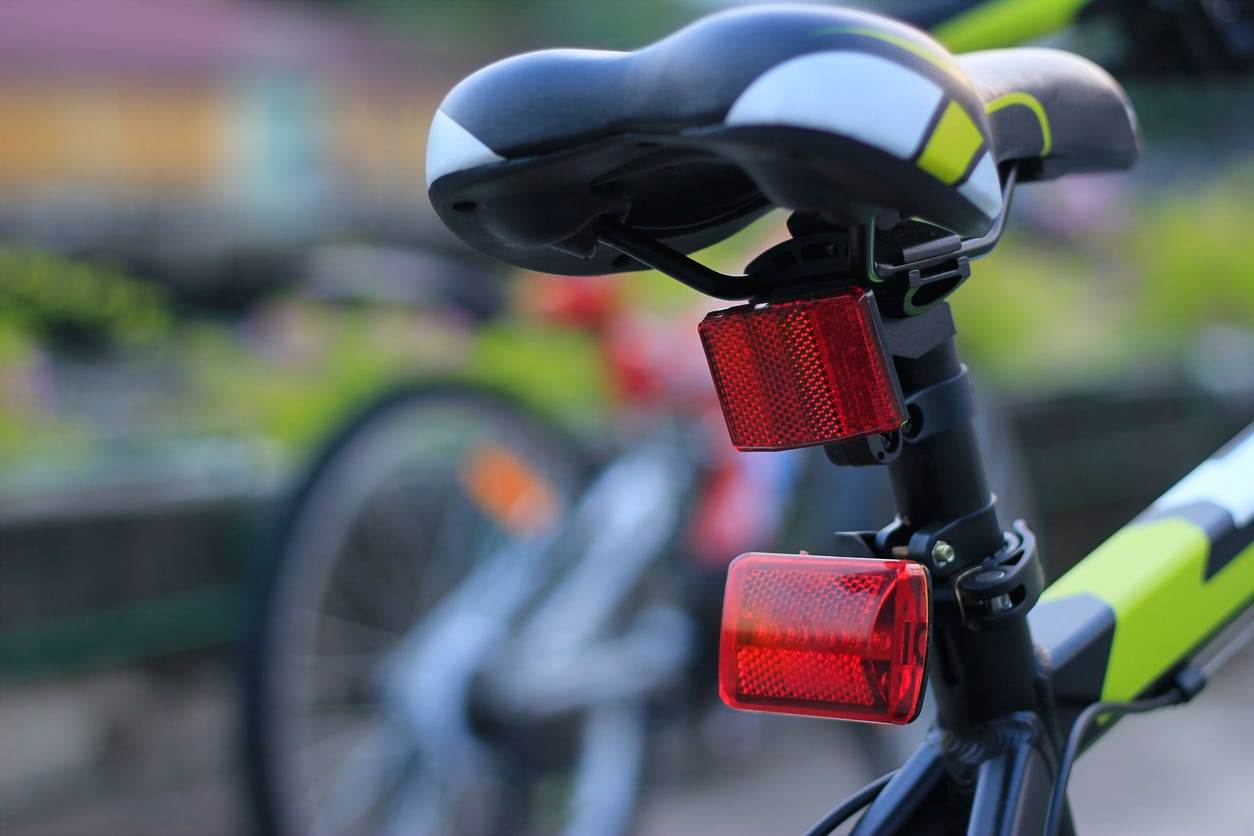
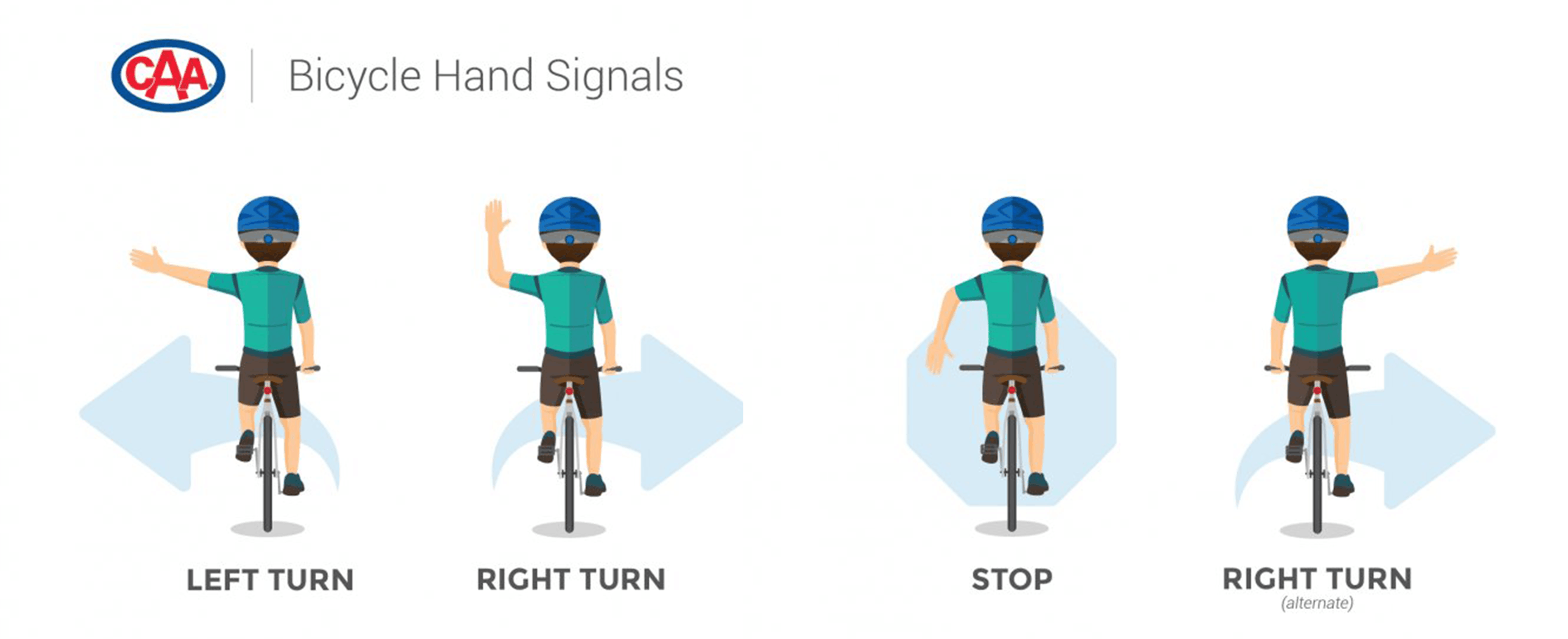
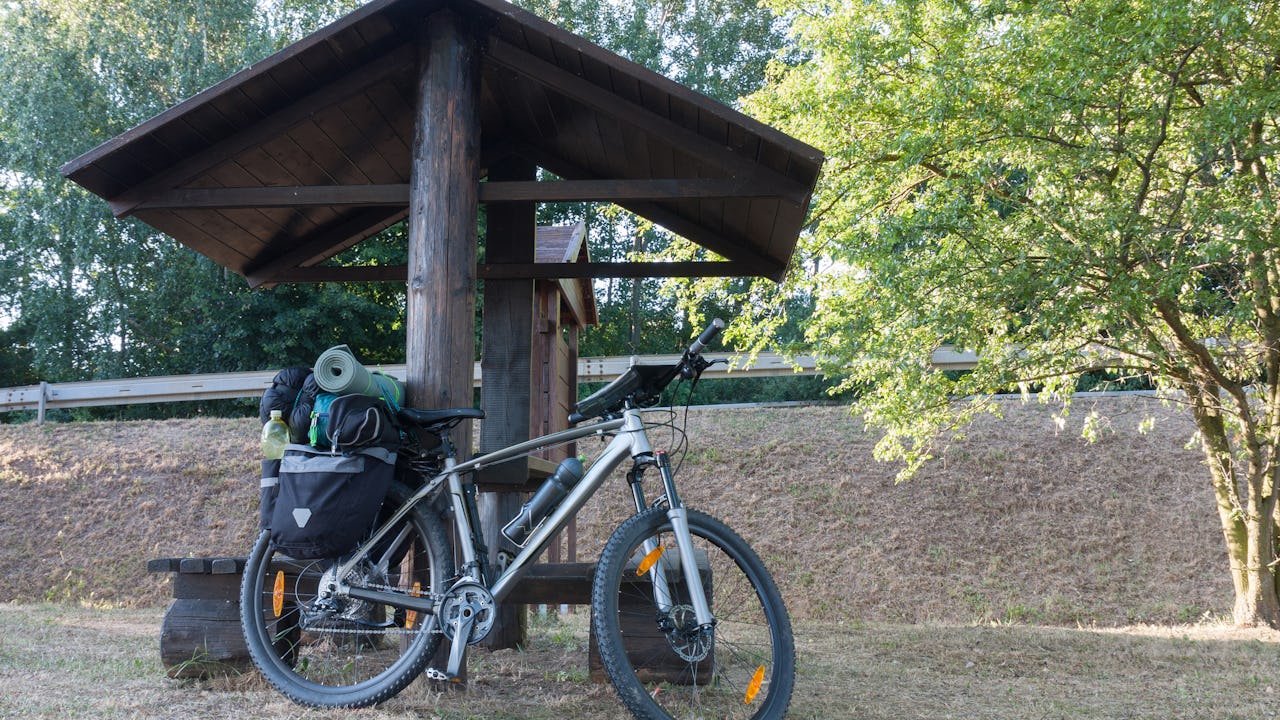
.jpg?ixlib=gatsbyFP&auto=compress%2Cformat&fit=max&q=50&rect=543%2C0%2C3698%2C2080&w=1280&h=720)